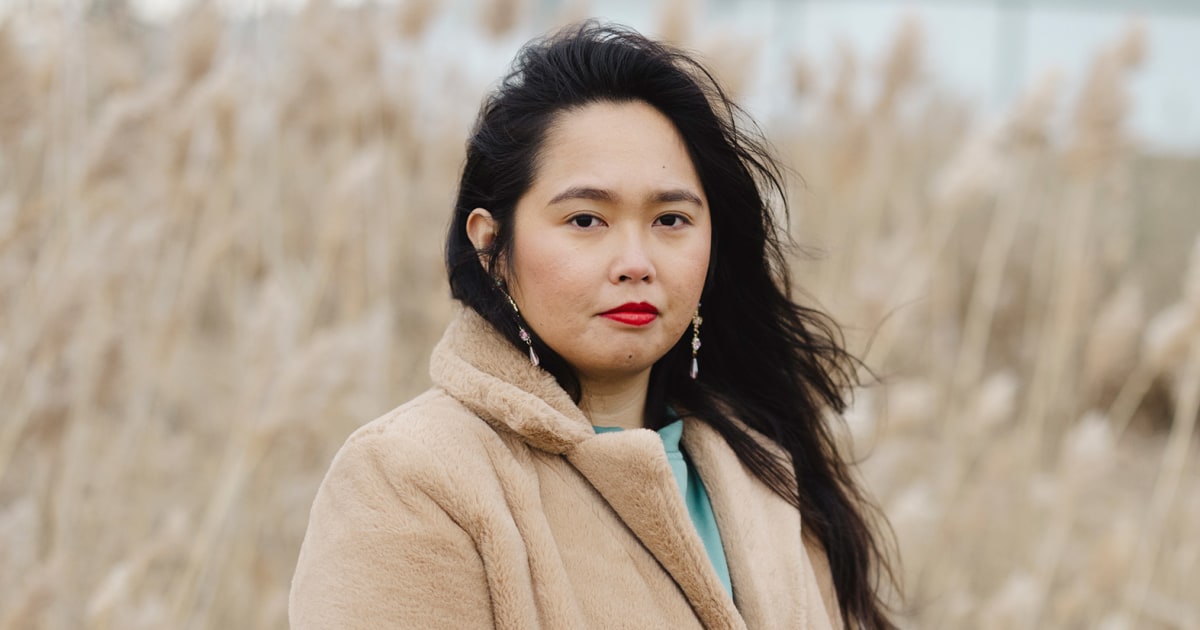Asian American women are getting lung cancer despite never smoking. It’s baffling scientists and leading to more research.

🌈 Abstract
The article discusses the concerning trend of increasing lung cancer rates among non-smoking Asian American women, despite the overall decline in lung cancer rates. It explores the potential risk factors, the lack of research and awareness, and the challenges in getting proper diagnosis and screening for this population.
🙋 Q&A
[01] Understanding the risk factors
1. What are some of the potential risk factors for lung cancer in non-smoking Asian American women?
- Exposure to cooking oil fumes, secondhand smoke, air pollution, and indoor heating with coal, based on studies of female non-smokers in Asia
- Higher exposure to construction, industry, and vehicle emissions where Asian Americans live, leading to 73% more tiny pollution particles compared to white Americans
- Genetic changes that make Asian patients more prone to the cancer-causing epidermal growth factor receptor mutation
2. What is the FANS study at UCSF trying to achieve? The FANS (Female Asian Never Smokers) study is a case-control study that aims to identify risk factors for lung cancer in non-smoking Asian American women, by comparing the genetics and environmental exposures of those recently diagnosed with lung cancer (cases) and those who have never had lung cancer (controls).
3. What are the limitations of the FANS study? The FANS study cannot establish cause-and-effect relationships, as there may be "recall bias" where women with lung cancer are more likely to remember their exposure to chemicals and toxins compared to those without lung cancer.
[02] Making lung cancer screening more equitable
1. What are the current challenges with lung cancer screening guidelines for Asian American women?
- Insurance plans typically cover screening only for people aged 50-80 with heavy smoking histories, excluding most Asian American women
- The screening guidelines were based on a clinical trial that was over 90% white, not representative of the Asian American population
2. What are the initial findings from the NYU clinical trial on lung cancer screening for non-smoking Asian American women? The preliminary results show that Asian American women had a higher lung cancer detection rate (1.5%) compared to the original national trial (1%), suggesting they represent another high-risk population that warrants screening.
3. What are the next steps needed to improve lung cancer screening for Asian American women? More studies are needed to confirm and build on the NYU findings before better inclusion of Asian American women in the screening guidelines can be achieved. The research is still in the early stages.
[03] Why Asian American women have been left behind
1. What are some of the reasons why lung cancer cases among Asian American women may be underreported?
- Asian patients are often private about their diagnosis and don't want to be a burden on their families or face stigma
- Asian Americans are often lumped into broad, inaccurate categories in data collection, obscuring their specific health issues
- Data collection is often only in English and Spanish, missing many Asian American participants
2. How do stereotypes and lack of research contribute to the neglect of lung cancer in Asian American women? Asian Americans are often seen as the "model minority" who are healthy, so their health disparities are overlooked. With only 0.17% of the NIH budget devoted to AANHPI research over 26 years, lung cancer in this population has been "pushed to the side" due to poor data and lack of awareness.
3. How have the researchers leading the studies on lung cancer in Asian American women been personally motivated by this issue? As Asian American women themselves, the researchers (Cheng, Gomez, Shum) see this issue in their own community, which adds to their dedication in bringing attention to this health equity problem.